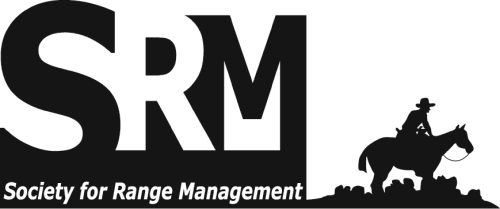More diverse energy sources are needed for countries to progress towards energy independence. The USA Task Force on Strategic Unconventional Fuels concluded that achieving this objective requires development of a domestic unconventional fuels industry. Rangelands cover 50 to 70 percent of the earth's terrestrial surface and dominate much of the western USA, representing a major source of alternative energies. The Integrated Social, Economic and Ecological Conceptual (ISEEC) framework was developed by the Sustainable Rangeland Roundtable to identify biophysical-socioeconomic links that influence delivery of ecosystem services affected by alternative uses of rangelands.  The framework's use for selecting suitable indicators to monitor changes in the biophysical-socioeconomic links affected by energy development is also demonstrated. This type of approach can potentially enhance coordination between federal, state and local agencies attempting to set polices and regulations for sustainable development of unconventional energy resources on rangelands. In North America, many untapped renewable energy resources are associated with rangelands. Summarized herein is the potential of western rangelands for future production of three energy technologies; natural gas, biofuel and wind energy. These energy sources are vertically distributed - below, at, and above ground level – thus, their respective development will likely affect rangeland ecosystems in different ways.  After establishing key links affecting delivery and use of ecosystem services from rangelands with respect to alternative energy sources, the next step is monitoring changes in these links. The ISEEC framework is used to hypothesize 10 biophysical and socio-economic links. By identifying SRR criteria and indicators to monitor each link, a mechanism is provided for systematically testing the hypothesized effect of each link and tracking changes in links over time. This work can be viewed as a first step toward implementation of energy development approaches that minimize impacts on rangeland ecosystems and introduce responsive management practices to mitigate impacts.

Oral presentation and poster titles, abstracts, and authors from the Society for Range Management (SRM) Annual Meetings and Tradeshows, from 2013 forward.